|
WAR IN THE PACIFIC National Historical Park |
U.S. Department of the Interior National Park Service |

|
|
WAR IN PARADISE World War II sites in Truk Lagoon, Chuuk, Federated States of Micronesia |
Sites
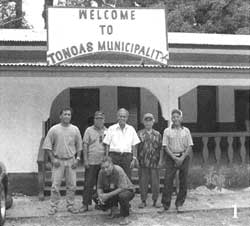 |
This stone building was constructed before the war and was the main school in Chuuk for Chuukese boys and girls at years 3-5. Japanese students had a separate school. Japanese teachers and Chuukese aids taught at the school. After the Japanese civilian office on the hill above this school burnt down, this building became the office, and school stopped. It is now the administration building for the Municipality of Tonoas. |
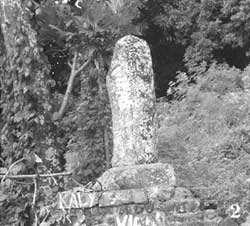 |
This is in memory of the Japanese pioneer in Micronesia, Mori Koben. He became known in Japan as the 'King of the South Seas'. He was one of the very few Japanese that was not expelled by the Germans during their 'rule' having established good relations with Chuukese and Germans. |
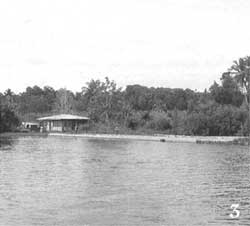 |
Only civilian Japanese government boats were allowed to use this dock. The Navy and the Chuukese used other docks to the west, but during the bombing, the Navy did use this dock. A small radio building, which enabled communication with other islands in Chuuk, was situated at the shore end of the dock. Many buildings, which formed part of Dublon Town were situated just behind the dock. |
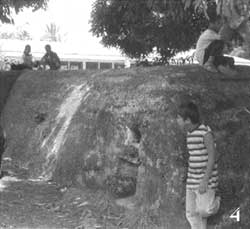 |
The current Sino Memorial School was the location of a communications centre established by the Japanese before the war. The civilian government operated it, then the Navy, but it moved to the larger tunnel/bunker (no. 9) when the bombing started in February 1944. A bunker related to this activity still remains. |
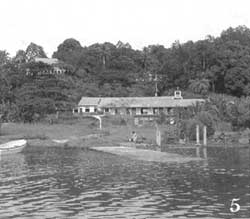 |
Dublon Town contained many buildings used for many different purposes, including: stores; cafes; restaurants; photographers; bicycle, clock and vessel repair shops; an outside movie theatre; a laundry; a dentist; and the seal maker's shop where Joshua Suka worked. Many of these buildings were destroyed during the bombing and little remains today. The present day Catholic Church and residence marks the centre of what was a busy little town. |
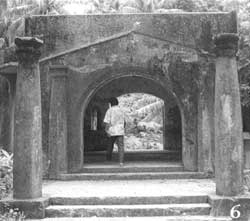 |
Built by the Japanese in about 1930, this was the only hospital in Chuuk available for the indigenous community. The hospital provided a facility in which doctors dispensed medicines and a small number of beds were available to Chuukese as well as Japanese patients—in separate areas. The remains of the Japanese garden still contains Japanese plants. |
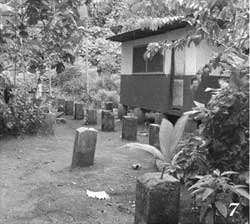 |
The steps, gate posts, foundations for the building and latrines, and a flag base represent the remains of the only school for Japanese students on Tonoas. The school was in use before the war and up until the bombing commenced in 1944. Today a chuukese family have used the foundations for their home. |
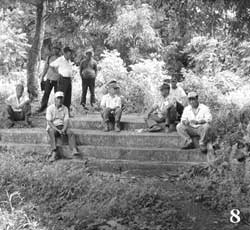 |
A long series of concrete steps leads to the main shrine established in Chuuk. The shrine consisted of a small wooden building that was the location for the ceremonies conducted by a 'priest'. Chuukese and Japanese were compelled to come here with offerings, and to listen to the priest. The ceremonies were considered by Chuukese to be more Japanese propaganda than religious. Similar shinto shrines were established throughout Micronesia. |
